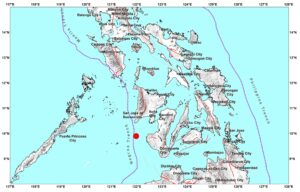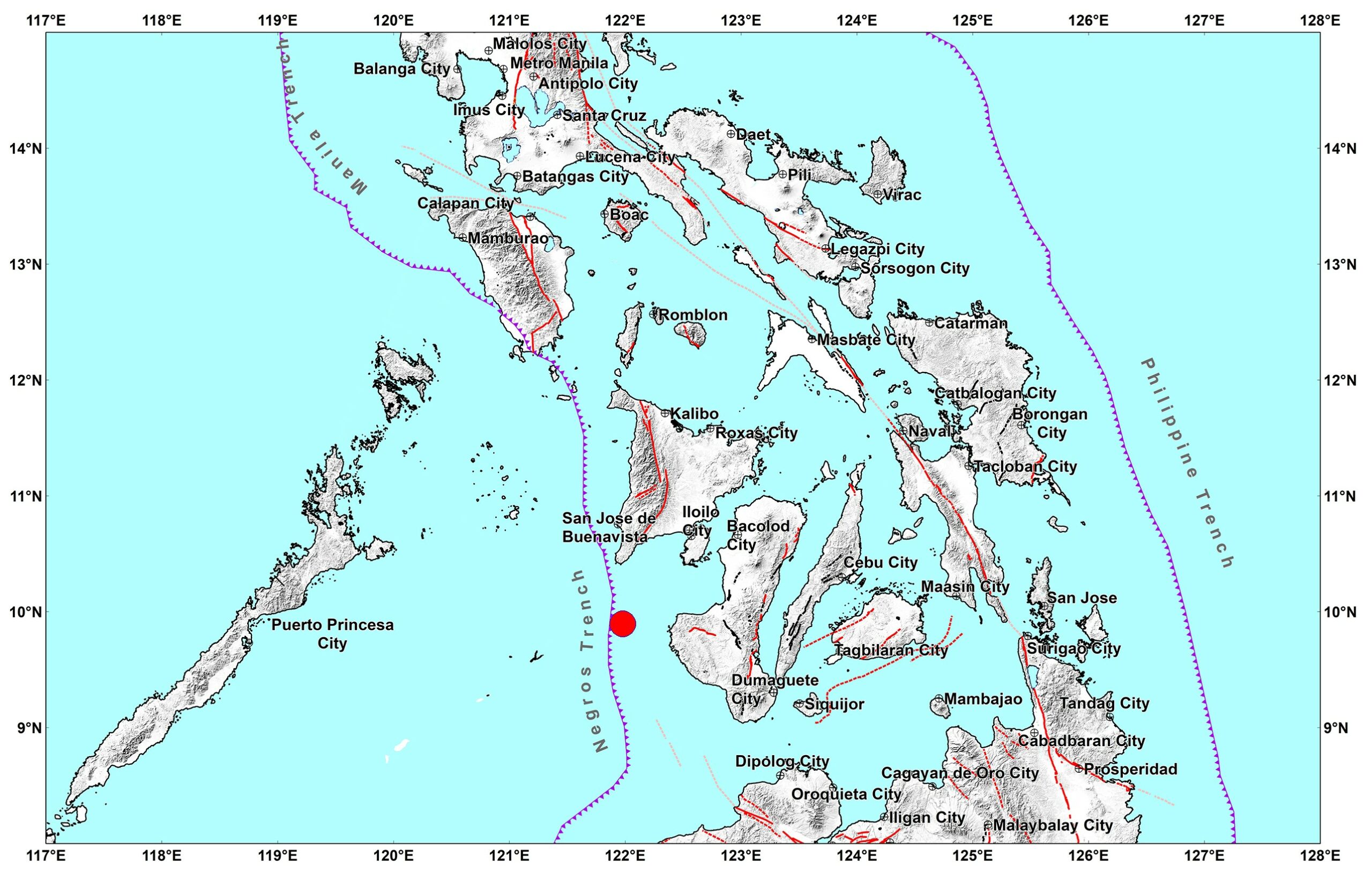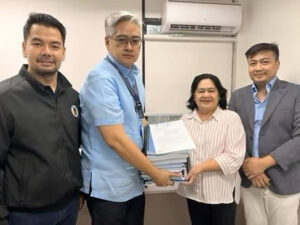
‘Big One’ quake in Negros Island possible, says PHIVOLCS

As Metro Manila braces for a possible “Big One” earthquake, the state seismologist warns of similar scenarios in other parts of the country, such as the Negros Trench, where a magnitude 8.2 earthquake could occur.
“Nakafocus tayo sa [We’re focused on] the ‘Big One’ in Metro Manila because, basically, it’s the political seat of the government and the economic hub of the country,” Teresito C. Bacolcol, director of the Philippine Institute of Volcanology and Seismology (PHIVOLCS), said during the press conference of Handa Pilipinas held in Bacolod City on Monday.
“But again, nakakalimutan natin [we forget] that there are bigger ones in other parts of the country…The Negros Trench (example) is capable of generating an 8.2 (magnitude) event based on its length of around 400 kilometers long.”
Mr. Bacolcol said, in the event of the Negros Island’s “Big One”, if its epicenter occurred in a shallow area, it may trigger a tsunami, which could affect the western coastlines of Negros Island, as well as areas of Panay Island, Zamboanga, and Palawan.
During a tsunami, residents along the affected coastlines and neighboring areas are advised to immediately evacuate to higher ground. Mr. Bacolcol noted that previous local tsunami events showed it would take only around five minutes for a tsunami wave to hit the coast after the main shock.
Apart from Big Ones in Negros and Manila, Mr. Bacolcol said that other active trenches could also trigger similar events, notably along the Philippine Trench.
PHIVOLCS said that the country has six active trenches in total.
Renato U. Solidum Jr., Secretary of the Department of Science and Technology (DOST), clarified that the “Big One” events are not predictions, but potential scenarios based on available data.
Mr. Solidum said that these scenarios are being used to help vulnerable areas better prepare for a possibly strong and destructive earthquake.
In Siquijor, an island province in the Negros Island Region, it seeks to prepare for the “Big One” by looking into the structural integrity of buildings and conducting comprehensive earthquake drills, Blezela Mae L. Omictin, Provincial Director of the Provincial Disaster Risk Reduction and Management Office said.
“We do the earthquake drills; we do them in schools, then in coordination with the local barangays and our local disaster risk management office in every municipality,” Ms. Omictin said during the press conference.
The PHIVOLCS director still reminded the public to always be prepared for the possibility of the “Big One” in various areas of the country. — Edg Adrian A. Eva



